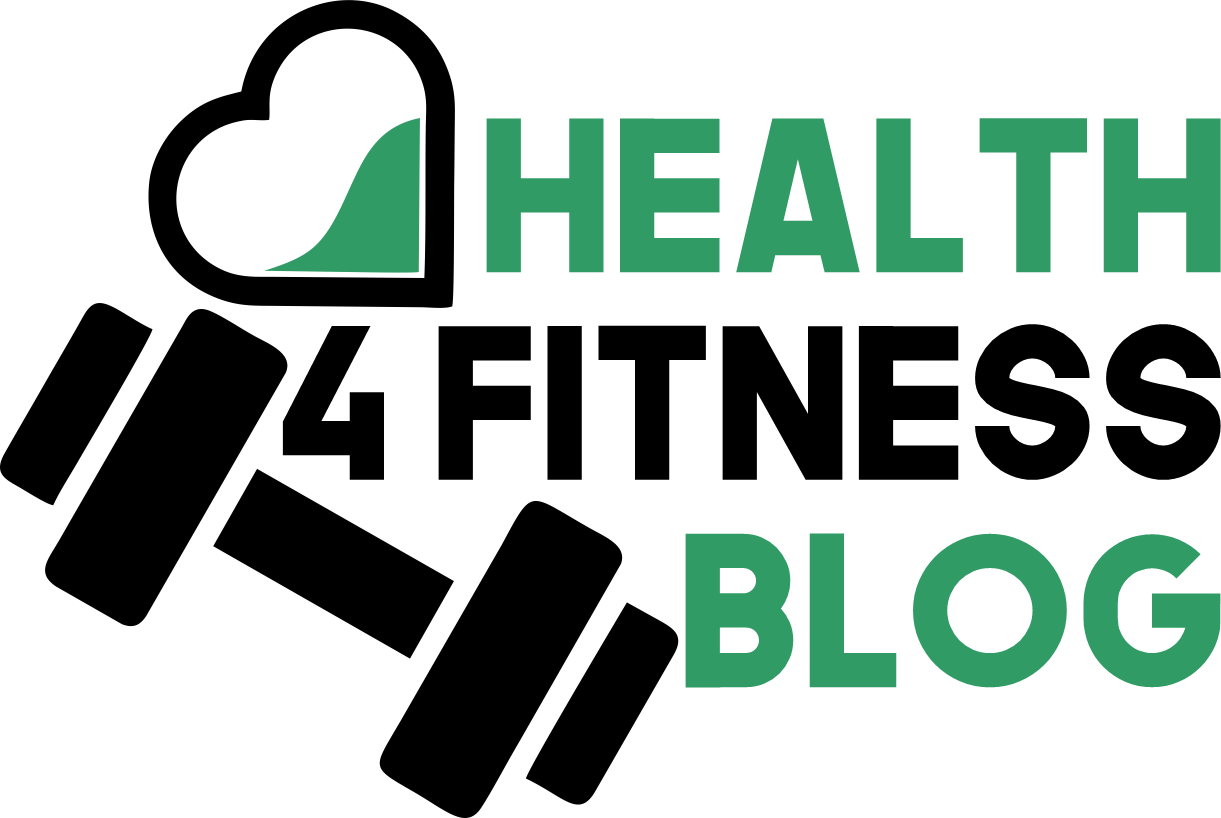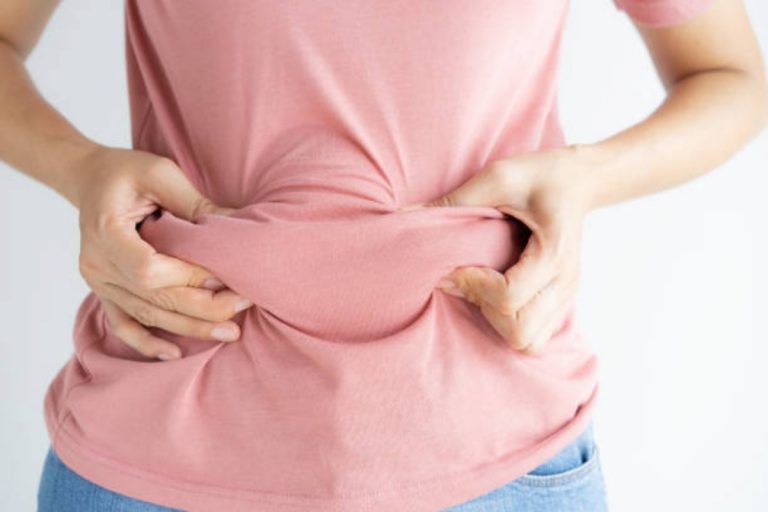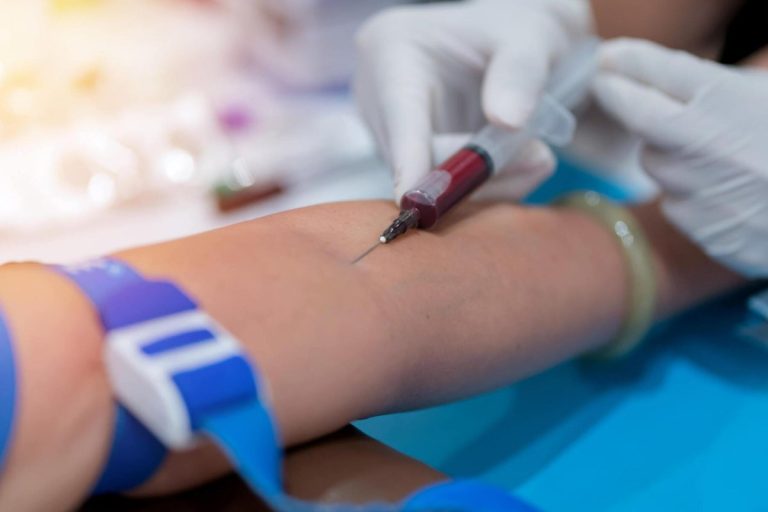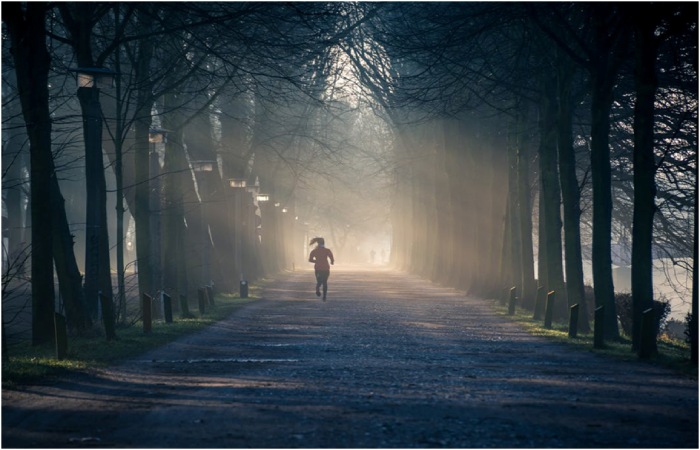Why is it that, no matter what we try, belly fat just won’t melt away? If it seems like the layer of fat atop the ab muscles is always the last to go, you’re not imagining things. This stubborn area is made up of a type of fat cell that is known to resist lipolysis (the fat-breakdown process). But that doesn’t mean you’re forever plagued with a doughy belly! You just need to know how to attack it.
Table of Contents
Can You Actually Target Certain Areas for Fat Loss?
Sure, we all desire we had a magic wand that allowed us to zap away the frustrating tummy fat, but is that actually possible? Unfortunately, no. There is no way to target specific areas for weight loss, but there are ways to encourage overall weight loss, which will ultimately impact the belly region. With the right combination of wellness supplements and exercises, you’ll be feeling slim and toned through your midsection in no time.
Regardless of how you get there, shedding fat from any area of the body is a positive thing for your health and wellness. Being overweight increases your risk for a medley of health and wellness concerns, including diabetes, heart disease and stroke. Unfortunately, scientists believe that belly fat, in particular, has an impact on one’s cancer risk, so it’s surely something you want to keep in mind if your ultimate goal is to live a long, healthy life.
Exercises to Encourage Fat Loss
Lose Fat with Aerobic Exercises
When targeting fat is your goal, you always want to start with aerobic exercises. Besides, getting your heart rate up will help reduce levels of insulin in the body, which may make it easier to lose weight from your midsection. Make sure to equip the body with the nutrients it needs before, during and after a workout. Remember, you lose nutrients and electrolytes through your sweat! Taking a shake made with electrolyte powder and supplementing your water intake with hydration capsules can help.
Here are some excellent fat-burning cardio workouts to try if you’re looking to zap belly fat:
- Swimming laps
- Running on the treadmill or outside
- Using the elliptical
- Power walking in the neighborhood or on the track
- Using a stationary bike or cycling outside
- Taking a hip-hop class
- Doing high-intensity interval training (HIIT) exercises
- Using a rower machine
- Playing sports, such as basketball or soccer
- Doing burpees
- Going for a hike
- Walking on a stair-stepper
- Playing a virtual reality (VR) fitness game
- Boxing or kickboxing
- Bicep curls
- Leg raises with a dumbbell between ankles
- Russian twists holding a dumbbell
- Free weight crunches
- Free weight ab lifts
- Free weight oblique twists
- Leg raises
- Captain’s chair crunches
- Moving planks
- Medicine ball twists
- Exercise ball crunches
- Bicycle crunches
- Vertical leg crunches
- Planks
- Pilates
- Bikram yoga
Strengthen Your Core with Weight-Training
When lifting weights, the goal is usually to make gains, not losses. But that doesn’t mean spending time with free weights or kettlebells is counter to your goal. In fact, building muscle throughout the body — but especially in the core — will help you build lean muscle mass that in turn boosts your metabolism and helps speed up weight loss. Plus, weightlifting burns calories, plain and simple. Make sure you’re setting yourself up for an efficient, powerful weightlifting session with supplements that support your muscles and joints, such as multi-collagen capsules.
Bring Out the Six-Pack with Toning Exercises
While you can’t aim specific areas for fat loss, you can certainly target areas to tone. And that’s great news for people who have lost overall body weight and want to start working toward unleashing their inner six-pack. Muscles, unlike fat, are localized. Luckily, anatomy-obsessed fitness gurus of the past several centuries have figured out which exercises are the best at toning specific muscles and muscle groups. In the case of the abs, it’s all about crunches, twists and planks. Here are some more specific exercises that will work in your favor when toning the abs:
Remember, It’s All About Calories In, Calories Out
While it’s not possible to tell the body exactly where to pull fat from when you’re in a caloric deficit, the reality is that it will make its way to your tummy eventually. If you’re like most people, it will likely come off after the arms, chest, thighs and butt. But, if you are persistent, it will eventually begin to melt away from the abdomen too. The most important thing you can do is pay close attention to how many calories you’re consuming versus how many calories you’re burning.
So, how do you do that? It’s simple. Start by figuring out your total daily energy expenditure (TDEE). That’s the number of calories you will burn each day by doing normal daily activities and working out. Then, you’ll want to log everything you eat and every workout you do each day using a tracking app. At the end of the day, if you’ve eaten fewer calories than you’ve burned, you’re going to lose weight. Adding exercises will help speed up the process and tone muscles so they’re bigger and more visible.
Diet Considerations for Losing Belly Fat
Yes, it really is as simple as calories in, calories out. But there are still a few things you can do to encourage your body to channel its fat-burning energy elsewhere. For example, cutting back on sugary foods and drinks can help because the fructose found in sugar tends to accumulate around the abs and liver. You’ll also want to up your protein intake and limit your consumption of carbohydrates. Switching to a low-carb diet or a ketogenic diet may be a good solution for you if the tummy is your most stubborn region.
Ultimately, there’s no real way to zero in on one area of fat and tell the body to melt it away. However, focusing on overall fat loss and toning up the ab muscles will be a winning combination in helping you slim down your midsection over time. Just make sure to pay attention to your diet and keep your caloric deficit going strong!












